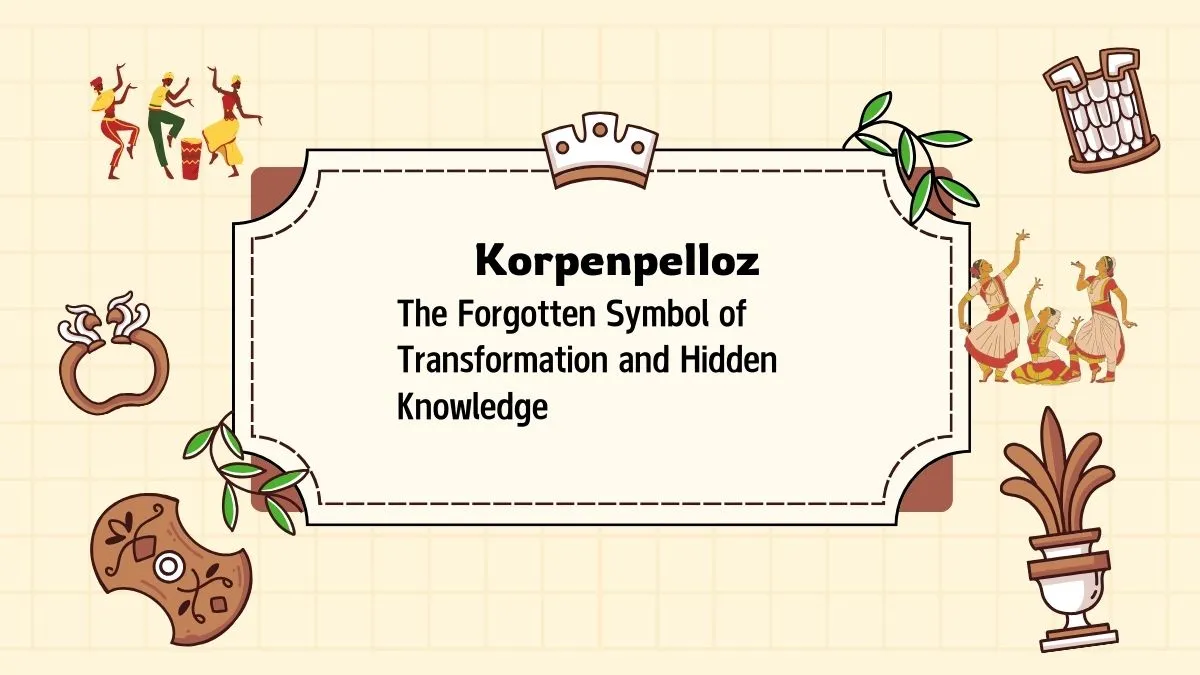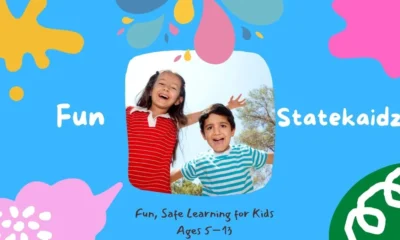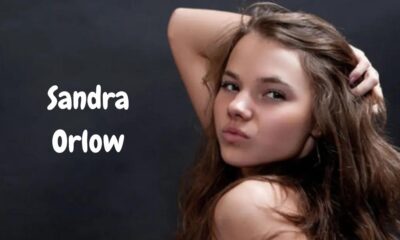GENERAL
Korpenpelloz: The Forgotten Symbol of Transformation and Hidden Knowledge

People have long debated the meaning of Korpenpelloz, which holds profound cultural importance with historical roots and symbolic value. The mythological phoenix serves as a parallel to Korpenpelloz because it represents both transformation and hidden knowledge. Since ancient times, this concept has surfaced across folklore, literature, and art, where it carries both mystical elements and lost wisdom. The precise history of Korpenpelloz remains uncertain, but its intellectual allure draws both academics and art practitioners, together with spiritual researchers. This investigation examines Korpenpelloz through its historical background and multiple artistic interpretations, as well as its impact on cultural movements and its applications towards modern personal development.
The Origins of Korpenpelloz
Ancient European beliefs identified Korpenpelloz as a portal to secret dimensions. The origin of the name Korpenpelloz could stem from old dialects that used ravens (korpen) as messengers of knowledge and transformation. Some researchers maintain that the origins of Korpenpelloz exist in ancient oral traditions that historical records have concealed. Its place in folklore reveals a period when the separation between physical and spiritual domains was less distinct, so Korpenpelloz functioned as a means to recover lost knowledge and hidden wisdom.
Symbolism of Korpenpelloz
Korpenpelloz represents the fundamental principles of change alongside endurance while reflecting the recurring patterns of life. Similar to the phoenix myth, it symbolizes human evolution through difficult times along with the ability to rise from destruction. The search for hidden knowledge often links with the unseen powers that assist in discovering ourselves while bringing enlightenment. Interpretations reveal that this symbol connects to dualistic forces that combine light and shadow, while known elements alongside unknown aspects represent necessary growth components. The mystical symbol of Korpenpelloz generates thoughtful examination because it serves simultaneously as a wisdom emblem, a secret protector, and a metaphor for the transformative journey.
Korpenpelloz in Mythology and Folklore
Myths and legends through time mention a being that resembles Korpenpelloz. The Nordic and Celtic traditions depict this entity as either a magical bird or protector of sacred knowledge that emerges during times of significant transformation. Some traditional beliefs link this entity to concealed societies of enlightened individuals who roamed in search of wisdom that transcended conventional knowledge. Certain legends present this entity as an interdimensional portal that opens only when someone completes a deep metamorphosis. These narratives demonstrate how Korpenpelloz functions as both a mentor and an assessment tool for seekers aiming to expand their understanding.
Korpenpelloz in Art and Literature
Throughout history, artists and writers have incorporated the mysterious essence of Korpenpelloz into their creative work. Some medieval manuscripts and illuminated texts contain hidden symbols that scholars believe represent this subject. In literary works, it manifests as an intangible power leading characters toward their journeys of personal self-realization. Contemporary authors transform this concept into fantasy and philosophical storytelling by portraying it as a secret power or forgotten knowledge that requires discovery. The creative world presents Korpenpelloz through symbolic paintings and poetic allegories that continue to inspire new interpretations across time.

Korpenpelloz in Modern Culture and Thought
Korpenpelloz maintains its ancient roots by shaping modern spiritual and philosophical perspectives. Many contemporary thinkers understand this concept as a symbolic representation of personal development while exploring the inner dimensions of their being. Within psychology, the symbol represents the essential processes of individuation and unconscious mind integration. Modern fantasy genres, along with speculative fiction and gaming worlds, regularly incorporate the theme of hidden wisdom through its transcendent change element. The cultural significance of today demonstrates its everlasting relevance, which drives ongoing inspiration.
Cross-cultural comparisons: similar symbols in other traditions
The European origin of Korpenpelloz still resonates through themes that persist across different cultures. Greek and Egyptian mythology feature the phoenix, with similarities to its themes about rebirth and everlasting life. The transformative power described in Hinduism through kundalini awakening shares similarities with the transformative power found in Korpenpelloz. The Native American tradition regards the raven as a symbol that represents wisdom and brings guidance while also symbolizing transformation. The connections between Korpenpelloz and other global mythological systems demonstrate widespread human interest in both spiritual growth and hidden wisdom, which proves that Korpenpelloz exists as part of an extensive framework of sacred knowledge.
How artists have visualized the concept over time
Various artists throughout history have illustrated it in multiple forms, which they adapted to align with their respective cultural and artistic periods. Early European artists depicted this mythological figure as a dark bird to symbolize its mysterious nature. At the time of the Renaissance, artists used the symbol to represent the alchemical pursuit of philosophical enlightenment. The contemporary artistic interpretation of Korpenpelloz follows an abstract path, as visionary and surrealist artists utilize it to depict subconscious elements and transformations. Whether through paintings, sculptures, or digital media,
Is Korpenpelloz experiencing a resurgence in interest?
The modern world displays a renewed interest in mystical and esoteric concepts, which has sparked a new wave of fascination with it. People in our complex world increasingly seek profound meaning, so symbols of transformation, along with hidden knowledge, have regained their significance. Today’s spiritual groups, along with artistic communities and digital discussion spaces, have adopted this principle as they apply mythology and self-development through its modern interpretation. Korpenpelloz has resurfaced as a transformative symbol for individuals seeking personal development and spiritual insights through literature, psychology, and alternative spirituality practices.
Influence on personal growth and self-discovery movements
The philosophical elements in Korpenpelloz align with contemporary ideas about self-improvement. The goals of personal growth movements focus on transformation, resilience, and potential discovery, which correspond with the core elements of Korpenpelloz’s symbolism. Through practices such as shadow work, meditation, and mindfulness, individuals learn to accept their visible strengths alongside their hidden fears, which parallels Korpenpelloz’s symbolic meaning. The symbol motivates people facing life transitions to turn their obstacles into opportunities for growth. Through its integration with contemporary self-discovery tools,it serves as a guide that navigates people through their personal transformations.
Conclusion
Korpenpelloz stands as an eternal symbol embodying three key elements: transformation, wisdom, and concealed knowledge. The symbol continues to inspire individuals across various domains, including mythology, art, literature, and personal development, because it offers profound understanding. The widespread occurrence of this symbol across diverse cultural traditions demonstrates its ability to connect with all humanity, as the human experience of self-discovery transcends time. With increasing fascination toward mystical knowledge, Korpenpelloz exists as an enduring tradition that evolves continuously to provide new insights for modern seekers.
-

 BIOGRAPHY7 months ago
BIOGRAPHY7 months agoBehind the Scenes with Sandra Orlow: An Exclusive Interview
-

 HOME1 year ago
HOME1 year agoDiscovering Insights: A Deep Dive into the //vital-mag.net blog
-

 HOME1 year ago
HOME1 year agoSifangds in Action: Real-Life Applications and Success Stories
-

 BIOGRAPHY1 year ago
BIOGRAPHY1 year agoThe Woman Behind the Comedian: Meet Andrew Santino Wife




























